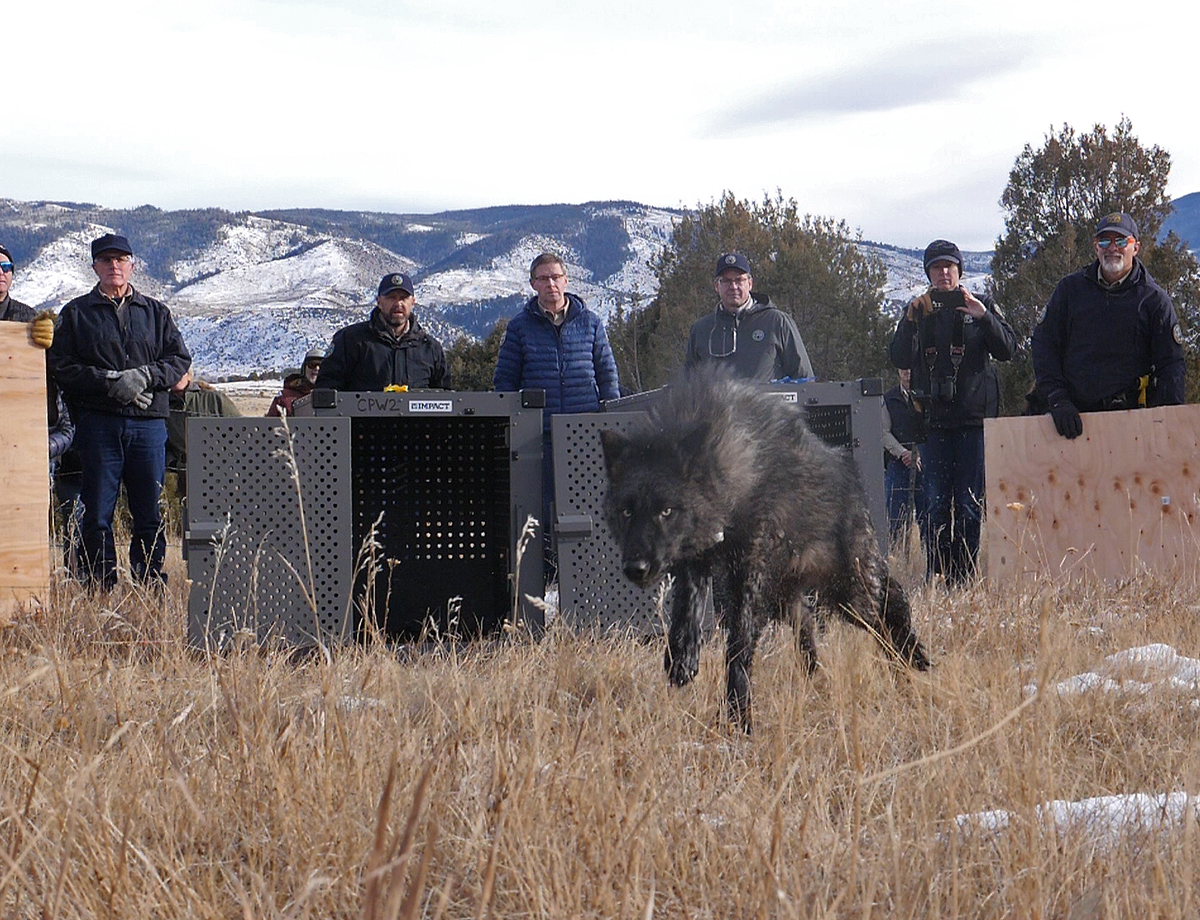
We start the new year on Looking Up by taking a look at Alnitak, a star in Orion's belt.
Men of a certain age often need a good, tight belt to hold up their pants. The constellation of Orion the Hunter is no different. That famous grouping of stars now dominates the Southern Colorado night sky, and as you look at Orion, you notice that he has a belt of three stars across his midsection. From those stars, the great Orion Nebula seems to hang down like a sword.
But did you ever stop to look at the stars that actually make up the belt itself? They are not nearly as famous, but they are very interesting in their own right. And today, let’s talk about the first, eastern-most star in the belt, the very interesting star Alnitak!
Alnitak is another star we should be grateful isn’t our Sun. Alnitak is about 800 ly away, and it lives in an area of lots of gas, and new star production – a very active area in space! But Alnitak is not like our sun at all – first off, it’s very bright, but in a tricky way. This blue supergiant star, at least 25 times bigger than our Sun, is about 10,000 times brighter than the Sun to human eyes. But, it actually gives off the light of about 100,000 times our Sun, with the vast majority of that light in the ultraviolet portion of the spectrum.
If you could see ultraviolet light, Alnitak would blaze more brightly than just about any other star in the sky. And, if there is an Earth-like planet there, it would need to be at least 300 times farther from Alnitak than the Earth is from our own Sun, just to avoid being fried to a crisp.
Alnitak is part of a triple star system. The second-biggest star of the three is also a giant at 23 times bigger than the Sun, while the third is a baby, only a few million years old, and orbits its big brother at roughly 680 times the distance of the Earth to our Sun – that’s roughly 17 times farther away than Pluto! Talk about being estranged from your family.
If you’d like to take a closer look at the Alnitak, or any of the other wonderful and amazing things in the sky, please visit CSASTRO.org for a link to information on our monthly meetings and our free public star parties!
This is Hal Bidlack for the Colorado Springs Astronomical Society, telling you to keep looking up, Southern Colorado!








